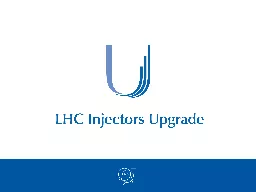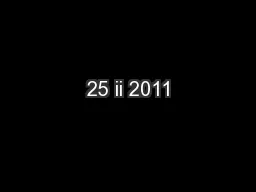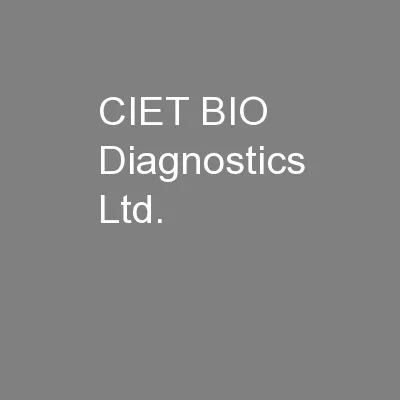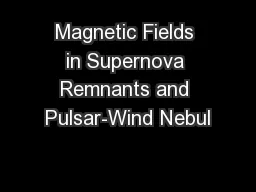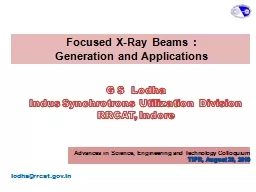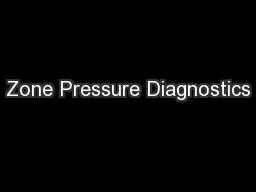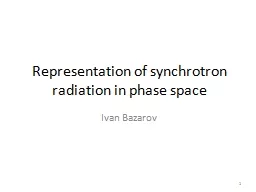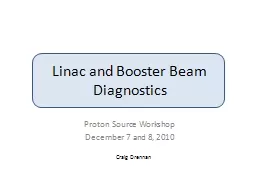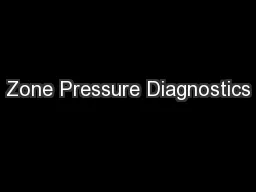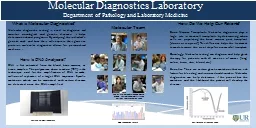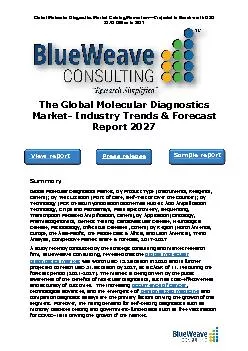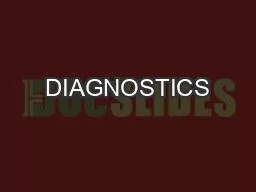PPT-Matching and Synchrotron Light Diagnostics
Author : patchick | Published Date : 2020-06-23
FRoncarolo EBravin SBurger AGoldblatt GTrad Contents SPS Beam Synchrotron Radiation BSR Monitor SPS Matching Monitor 3 SPS Synchrotron Light Monitor 4 SPS
Presentation Embed Code
Download Presentation
Download Presentation The PPT/PDF document "Matching and Synchrotron Light Diagnosti..." is the property of its rightful owner. Permission is granted to download and print the materials on this website for personal, non-commercial use only, and to display it on your personal computer provided you do not modify the materials and that you retain all copyright notices contained in the materials. By downloading content from our website, you accept the terms of this agreement.
Matching and Synchrotron Light Diagnostics: Transcript
Download Rules Of Document
"Matching and Synchrotron Light Diagnostics"The content belongs to its owner. You may download and print it for personal use, without modification, and keep all copyright notices. By downloading, you agree to these terms.
Related Documents

